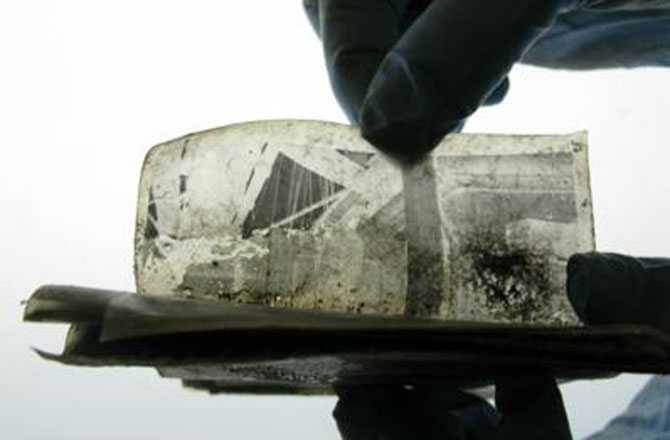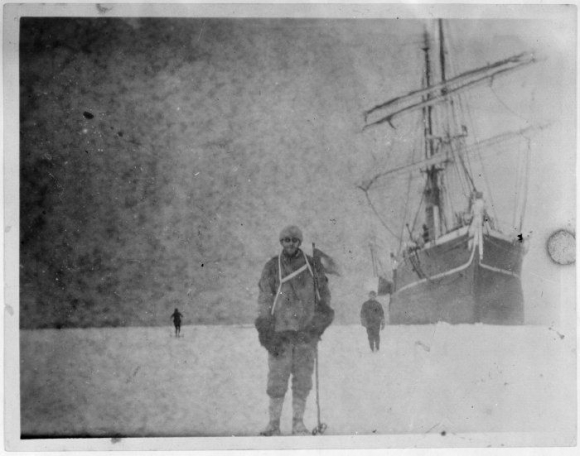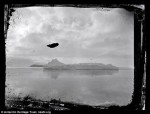Recently a phenomenal discovery was made by the Antarctic Heritage Trust conservators where they unearthed a box of 22 exposed but unprocessed negatives, that had been frozen in a block of ice for nearly one hundred years!
The negatives were found in a hut in the expedition photographer Herbert Pointing’s darkroom that British explorer Robert Falcon Scott established to support his doomed expedition to the South Pole from 1910-1913. A year later the hut was then next used by the Ross Sea Party of Sir Ernest Shackleton’s 1914-1917 Imperial Trans-Antarctic Expedition after they were stranded on Ross Island when their ship, the Aurora, blew out to sea. This is the party that is believed to have left behind this box of undeveloped negatives revealing a unique perspective of these brave explorers.


As one can imagine having had exposed negatives that where at least 100 years old, trapped in a block of ice took a painstaking amount of time to restore. The negatives were taken to a detailed conservation treatment back in New Zealand (New Zealand Antarctic Heritage Trust) where they were separated, processed and restored all twenty-two images. One of the most striking images has got to be of Ross Sea Party member Alexander Stevens, Shackleton’s Chief Scientist, standing on-board the Aurora. Although many of the images are damaged, the Antarctic Heritage Trust was able to recognise landmarks around McMurdo Sound, although the identity of the photographer remains unknown.
“It’s an exciting find and we are delighted to see them exposed after a century. It’s testament to the dedication and precision of our conservation teams’ efforts to save Scott’s Cape Evans hut,” said Nigel Watson (Antarctic Heritage Trust’s Executive Director) in a statement on the Antarctic Heritage Trust.
In January 1917 the Ross Sea Party were finally rescued yet by then three men had died, including Arnold Patrick Spencer-Smith, thought to have been the party’s photographer. These images are a testament to the Heroic Age of Antarctic Exploration and also reveals something truly magical about the survival of film.
Information: Imaging Resource, Antarctic Heritage Trust
Realted information: “The Mad Photographer” The Truth about Frank Hurely’s Work













